For decades, fleeting glimpses of big cats have been recorded all over Scotland, and in the north-east, the Beast of Bennachie is still said to roam the foothills…
From the Bennachie big cat and its distant relations, the Beasts of Angus and Buchan, to Felicity the famous Highland puma, there has been no shortage of big cat sightings.
The Beast of Bennachie was first spotted in the 1970s, but was particularly prolific in the ’90s.
So much so that Grampian Police even appointed an officer dedicated to sniffing out a predatory big cat that was becoming a beast of burden to Aberdeenshire farmers.
Recent Beast of Bennachie sightings
Although conclusive evidence of a big cat has never been found around Bennachie, locals still see the beast from time to time in the Garioch.
Last year, there was a flurry of sightings around the River Don on the outskirts of Inverurie.
Walkers described seeing a large black cat, on one occasion crossing the path on the Old Kemnay Road, on another it was spotted on the opposite bank of the river by houses at St James’s Walk.
In the last couple of years, a number of people believe they’ve seen a big black cat around Chapel of Garioch, usually caught in car headlights while pacing, unperturbed across the road.
Dog walkers have also spoken of incredible close encounters with a large, panther-like feline in the dense forest at the Back o’ Bennachie car park and in nearby Premnay.
And there were several sightings of a puma-like cat at Fetternear by Kemnay in 2017, and in the fields by Manar.
‘I have no doubts about what I saw’
Retired Insch farmer Sandy Coutts spotted four mysterious big cats within the space of a year in the ’90s.
His first sighting was in late 1994 on Brindy Hill between Keig and Alford, where he saw a large, yellowish creature.
He saw a similar beast in the same location the following February.
But it was only when he saw a jet-black feline near the Oyne Fork that he believed he had encountered the infamous Beast of Bennachie.
He explained: “It was much larger than a dog, definitely a big cat, and had a long curved tail.
“It just confirms my previous belief that several of these beasts are living in the densely-wooded areas of Bennachie.
“Certainly I have no doubts about what I saw, either this time or on previous occasions.”
The discovery of sheep carcasses in the area the following day seemed to corroborate Mr Coutts’ claim, but a more cynical local farmer said “I’ll believe in the big cat when I find one lying dead”.
Mr Coutts’ story was just one in a string of independent reports of big cats around the foothills of Bennachie in 1995.
Feline on the prowl near Fetternear
A mystery moggie was also spotted around the other side of Bennachie near Kemnay.
Milkman Tom Florence was completing his early morning round through the wooded area near Fetternear when he spotted the beast.
He said: “It looked like an almost fully-grown lioness.
“I saw it clearly in my truck’s lights as it bounded across the road.”
He was initially unsure about whether to report it or not, but added: “Then I thought it was only fair that farmers in the area should have some warning.
“Another delivery roundsmen told me he had heard of a sheep being found killed near Monymusk and there were reports of another incident near the Oyne Fork.
“It was smooth-haired, a yellow colour and had a long straight tail.
“I saw it only for a few seconds – as long as it took to cross the road and disappear in the trees – but long enough to see it was some kind of big cat.”
Grampian Police wildlife liaison officer Inspector John Sellar, who had been tasked with investigating sheep deaths in the area, said: “We are not discounting the sightings of unusual animals throughout the area.
“But there is as yet no hard evidence of any felines being involved in the deaths of sheep locally.”
Setting a cat trap
But this was of no reassurance to the laird of Pitcaple Castle Christopher Burges-Lumsden.
He believed a panther-like creature was killing his grazing lambs, and planned to trap it in 1996.
Mr Burges-Lumsden said: “It seems it may be a very unusual animal, and I am trying to catch it in a trap which will not hurt it.
“From the reports, it is too big to be a wildcat. Whatever it is, I certainly want it caught.”
He showed The Press and Journal a humane cage-trap he had set up in the area where his lambs were killed – and where large pawprints had been spotted in snow.
The laird was certain a big cat had butchered his flock and ruled out foxes.
He explained that two lambs found partly consumed near Whiteford village had had their throats torn, with cat tracks found nearby.
He added: “The prints certainly indicate a cat, while the dead lambs show this animal held its paws around their necks while it seized their throats, with at least a five-inch wide bite.”
The same week, bailiff Martin Webster reported sighting a lynx at Pitcaple Bridge.
He described it as being long with pointed ears, but jet black rather than mottled.

Insp John Sellar again downplayed the incidents and said: “The likelihood is that what will be caught in the Pitcaple fox-trap being used will be a fox.
“If Mr Burges-Lumsden does catch some form of exotic species, then we will take action.”
Was the beast really a rogue Rottweiler?
In fact, police felt a big dog was a more credible explanation, particularly when a farmer reported a canine-like creature near Bennachie.
Many residents in the Garioch considered the Beast of Bennachie the stuff of fantasy.
But a dog seemed more plausible – and in a way, more familiar, perhaps less unnerving.
In 1996, it was suggested the big black beast silently padding around Bennachie preying on sheep was actually a rogue Rottweiler.

But that theory also became a little far-fetched.
More than two years previously, a Rottweiler puppy had escaped in the Durno area, never to be seen again.
It was thought it had reverted to its natural wolverine instincts and started feasting on mutton.
‘Don’t tell me this has been eaten by a fox’: Students doubted inspector’s canine claims
Insp John Sellar backed up the idea and said: “All the physical evidence has pointed to canine rather than big cat involvement.”
But he admitted that if it was a stray dog, it would likely have been spotted more frequently.
Two teenagers who found the bloody remains of a sheep while out fishing were not convinced this was the work of a dog or fox.
Schoolboys Kyle Farquhar and Derek Ohldag, of Pitcaple, discovered the gruesome carcass on the banks of the River Ury near their homes in May 1996.
Its upper body was pinned underneath a barbed wire fence; its flesh ripped from bones and its fleece strewn everywhere.
Kyle said: “Don’t tell me this has been eaten by a fox. There’s not one thing left except for a load of gungy fur.
“There is a trail of footprints where the puma’s come from.”
Near miss for ‘beautiful’ beast near Huntly
After a few months no sightings, in December 1996, a motorist claimed he narrowly missed hitting a big cat on the A96 near Huntly.
James Sutherland of Hopeman was driving to Aberdeen early in the morning when the beast bounded out in front of him near the Huntly Industrial Estate.
He said: “It seemed to have been startled and it dashed across the road about 20 yards in front of me.
“I was going about 50mph and I was lucky not to hit it.”
He likened the animal to a puma, adding that he “got a good look at it”.
Mr Sutherland described it as about the same height as a Labrador, but said it was too long to be a dog, and that it moved like a cat.
He said: “It dashed in front of me and leapt up the bank at the other side of the road.
“It was jet black with a two-foot long, thick tail that curled at the end.
“I could see its muscles, too. It was a beautiful, powerful, athletic-looking brute.
“I’m glad I didn’t hit it.”
Became illegal to keep exotic cats as pets
Most people who think they have spotted a big cat say they never believed it until they saw it with their own eyes, but sightings aren’t entirely implausible.
During the 1960s and ’70s, having an exotic pet such as a lynx or panther was a status symbol and perfectly legal.
But the introduction of the Dangerous Wild Animals Act in 1976 made it illegal to own big cats without a special licence.
Wild pet owners either had to obtain a licence and provide adequate facilities, give their pet to a zoo, or have them put down.
Instead, many released their exotic cats in the countryside, an act which, due to a loophole in the law, wasn’t illegal itself until 1981.
In 1999, big cat researcher Marcus Matthews estimated that based on sightings there were still around 50 exotic felines roaming across the country.
Some sightings have been attributed to Kellas cats, a wild cat found in Scotland.
But others spotted range from black leopards, lynxes, pumas and other small jungle cats.
This could explain sightings around Bennachie, and although it seems unlikely a breeding population was established, there would have been enough prey to sustain these big cats.
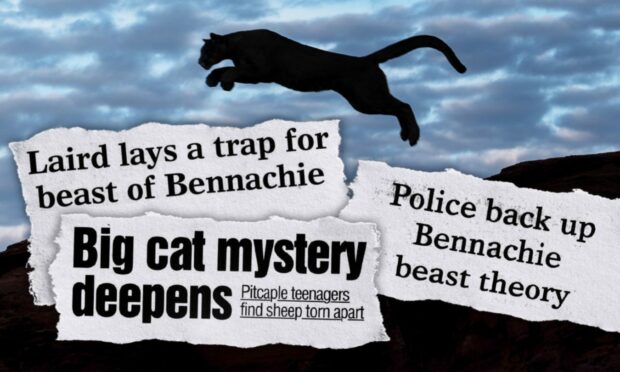
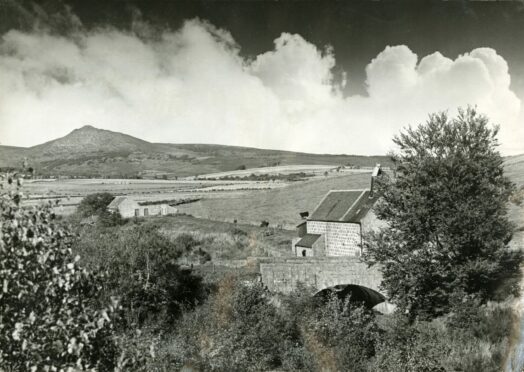
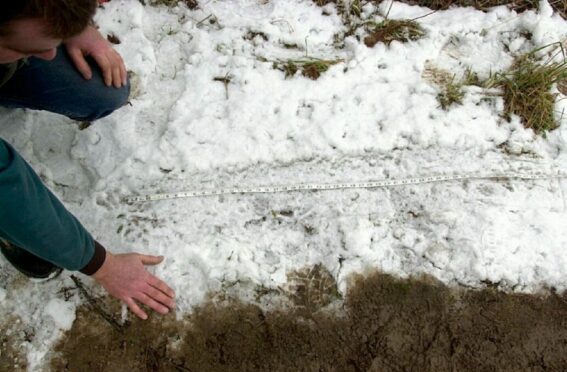
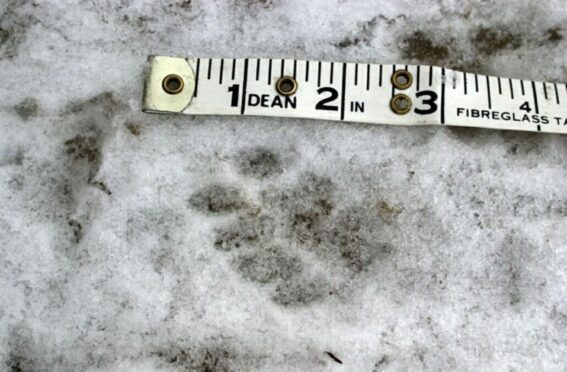
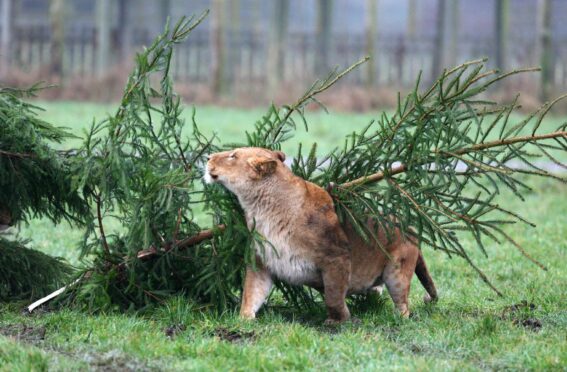
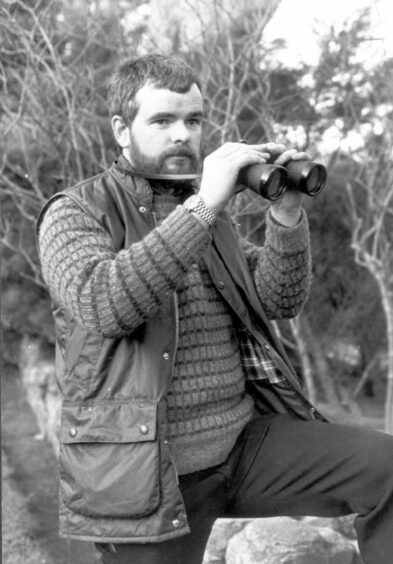
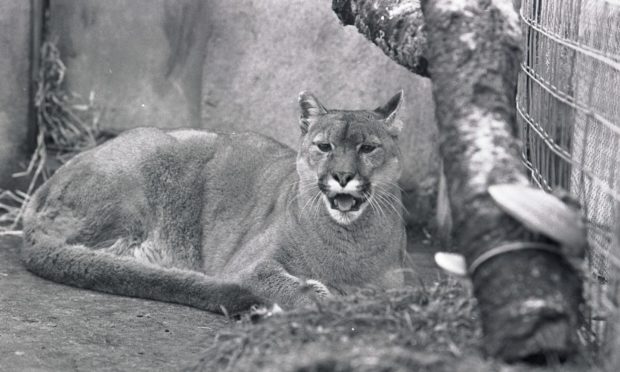
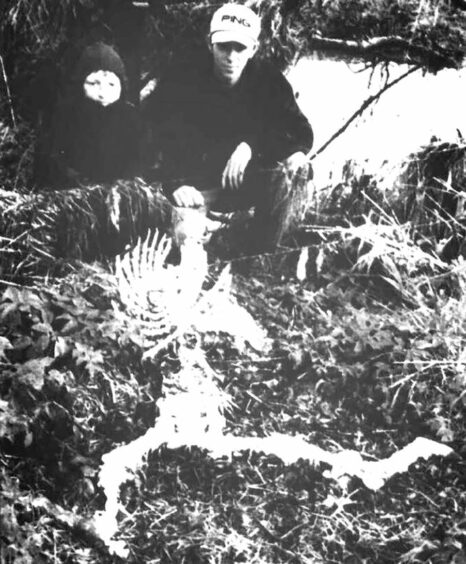
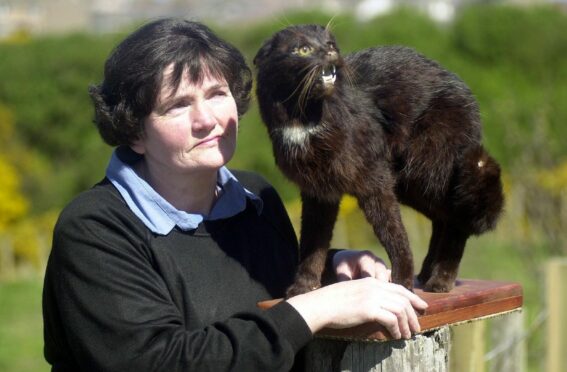
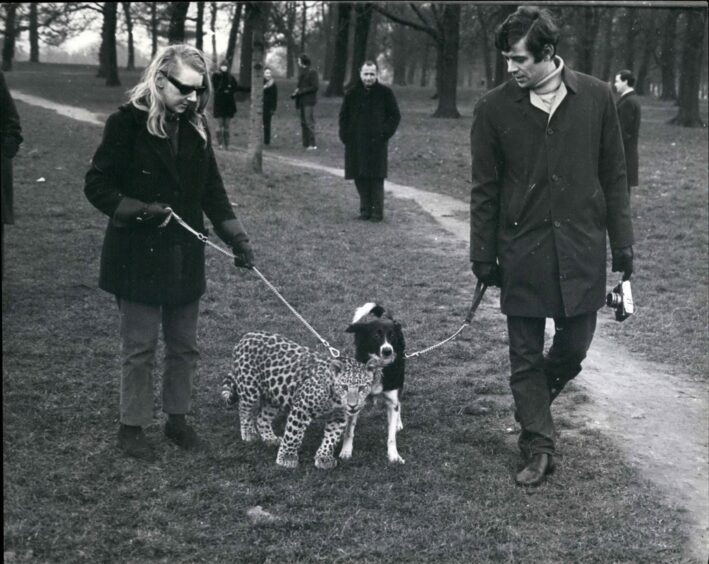
Conversation